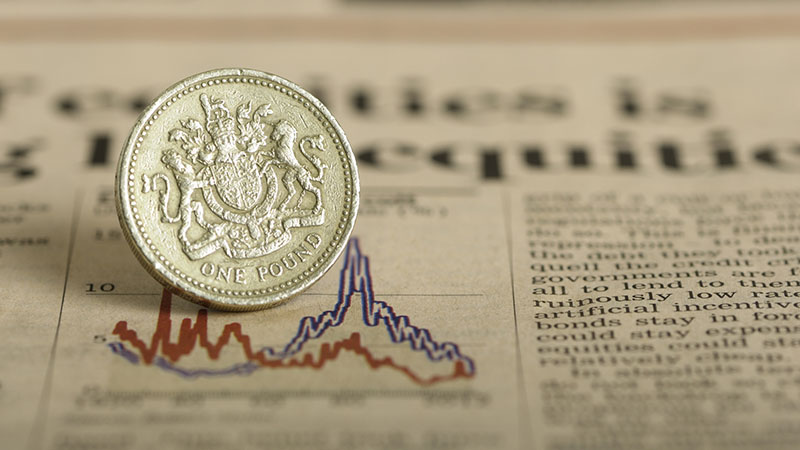
This content is for information and inspiration purposes only. It should not be taken as financial or investment advice. To receive personalised, regulated financial advice please consult us here at Elmfield Financial Planning in Padiham, Burnley, Lancashire.
Should you invest your money gradually or all at once? That is the core question at the heart of the debate about “pound cost averaging” and “lump sum investing”. It might sound like a simple matter of choosing whichever suits your preferences, but the decision can have a huge impact on your returns and the long-term growth of your portfolio.
In this article, our financial planning team here at Elmfield Financial Planning in Padiham, Burnley, Lancashire offer their thoughts on this important question. We hope you find this content useful and that it inspires your thinking regarding your own investments. If you’d like to speak to an independent financial adviser, then you can reach us via:
T: 01282 772938
Lump sum investing – is it worthwhile?
For some people the matter will be settled quite quickly depending on their investable capital. After all, if you don’t have a lump sum to invest then you’ll likely be left with the choice of drip feeding your portfolio month-by-month. However, maybe you’ve come across a windfall recently – such as a large inheritance or proceeds from a business sale – and are wondering whether to put all of it into stocks, bonds or other assets all at once.
Suppose you inherit £20,000 and want to invest it simultaneously in the stock market. What are the implications of this choice? One positive outcome is that your lump sum is exposed to high growth potential, especially if you invest just before a large upward trend in the stock market. For instance, imagine you invested this in a fund tracking the FTSE 100 on the 20th March 2020 – when the index stood at 5,190. By the 17th November 2020, the index would have risen to 6,316, providing a return of about 21.7%. (Few financial advisers would recommend putting all of your capital in one index, incidentally – this is just for illustrative purposes!).
On the downside, however, your £20,000 is also exposed to potential downward movements in the stock market. So, take the FTSE 100 as an example again. Suppose you put it all into a fund tracking the index on the 17th January 2020, when it stood at a high-point of 7,674. Soon after this point, the effects of COVID-19 hit the markets dramatically and the FTSE 100 fell to 5,190 – shrinking the value of your capital by 32%. If you then sold your shares at this point (which many investors do out of a sense of panic), then the loss would be crystallised.
The choice over investing a lump sum, therefore, partly comes down to your attitude towards investment risk. In short, are you prepared for your investment to suddenly lose 32% or more of its value, and hold your nerve to stay invested – long enough for your capital to recover? If not, then you might still consider investing a lump sum in different, less “risky” asset classes – such as government bonds. These usually hold out lower growth potential but could provide more peace of mind for an investor seeking to preserve the value of their capital.
Pound cost averaging – an alternative
Taking your £20,000 windfall once again, another way to invest it would be gradually over time whilst keeping the rest in a “safer” asset class (e.g. cash). For instance, suppose you invested £1,000 in January 2020, another £1,000 in February and another £1,000 in March. Suppose, also, that these instalments are spread across different equities and bonds. As such, by March your £1,000 February investment would have lost some of its value, yet your overall portfolio would not have been as damaged had you invested the full £20,000 at this time. Moreover, by continuing to invest £1,000 in March when many indices were at their low-points, you would also be buying many “high-growth-potential stocks” on the cheap – potentially giving your portfolio more growth potential in the long term.
This illustrates the core advantage of pound cost averaging – i.e. it mitigates investment risk in light of short-term market volatility. However, there is a downside to consider. Namely, if your investment continues to grow in value, then you could stand out to lose out on some of that growth by drip-feeding your investment rather than committing it all at once. A financial adviser can help you work through the many important questions you may be asking yourself in this respect. For instance, perhaps it makes sense to invest some of your windfall simultaneously in a particular investment (or set of investments) whilst spreading the rest out over time. Bear in mind that it can be difficult to assess market conditions to determine the best moment to invest. Also, remember that there are also risks in holding most of your windfall in cash whilst steadily investing the rest – since the latter will be exposed to erosion caused by inflation.
Invitation
If you are interested in starting a conversation about your own financial plan or investment strategy, then we’d love to hear from you.
Get in touch to arrange a free, no-commitment consultation with a member of our team here at Elmfield Financial Planning in Padiham, Burnley, Lancashire.
Reach us via:
T: 01282 772938

